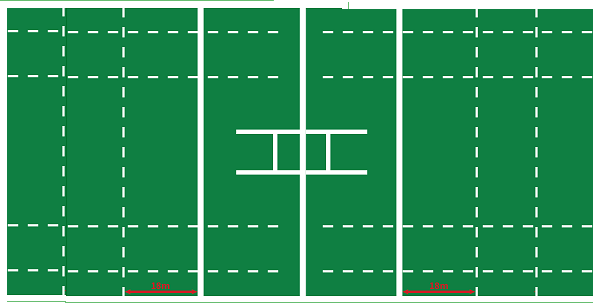The Magic in Advertising series — rhyming, twinning, pattern recognition
Tuesday, May 28th, 2019[ by Charles Cameron — the ability to recognize similarities across wide conceptual or memory distances is what Cindy Storer calls “magic” in analytic practice — here we examine it in terms of advertising ]
.
You could almost learn how to write poetry by watching the commercials on TV — or learn a bit more about how the ads themselves work.. come have some fun.
Consider rhyme for a moment. There’s a rhyme between the car that’s too small for comfort and the shoe that’s too tight to fit in this ad, and there’s an analogy between the larger, more comfortable — luxurious, even — car and the wide and comfortable — “like a luxury ride for my feet” — Skechers wide fit shoes that the ad is all about:
The rhyme here between today’s American fisherman and his Irish fisherman ancestor is stunning — and plausible. This, after all, is genetics, which is often said to rhyme from one generation to another:
And even when the analogy between an image and the product it’s supposed to resemble (“rhyme with”) is weak, making a successful rhyme between two such images is a delight in itself, and makes the weak rhyme seem plausible. Here, a two-thirds shaved dog rhymes with a two-thirds mowed lawn:
Allstate piles the rhymes on — drawing on powerful similarities between widely different parts of the country — in its brilliant Park Road / Street / Avenue commercial:
Here’s a beautiful rhyme between cement and sand — it’s not so great to find you’ve stepped unexpectedly in wet cement — but what a delight to feel sand on the beach between your toes!
Look, Exxon wants to make it’s industrial plants more closely resemble living, breathing, green plants: it’s not a bad idea, laudable really — but the rhyme is a bit of a stretch, eh?
**
One form of rhyme that’s worth noting falls under the heading of Opposites:
In this case, the equation would be something like blue plus red equals unbiased. I haven’t checked the product, but the math is clean, and the divide the ad bridges is very real and quite perilous for democracy:
So opposites can be powerful. But it’s worth considering, too, the mind-numbing effect of seeing opposing commercials:
That’s not the kind of opposition you want if you’re Roundup, but exactly the kind of opposition you seek if you’re the legal opposition!
**
Rhyming — twinning — as it’s dreamed up in the creative agencies of Madison Avenue, and no doubt Madison Wisconsin too, requires horizontal, associative thinking — thinking based on pattern recognition, thinking that makes creative leaps where similarities can be found in the midst of difference. Metaphors and analogies are woven of the same kind of thinking, rhyme in poetry, graphic match or match cut in enema, canon and fugue in music — and it’s the type of thinking my HipBone Games are designed to teach and practice, until they’re strong reflexes in your intellectual arsenal.
When readers or movie-goers, or just people watching commercials on TV, recognize patterns or rhymes — shaving a dog, then mowing a lawn, okay — it may elicit a chuckle the first time you see the ad, but you’re not sitting there to learn about dogs or lawns, or even Flonase unless you happen to need that kind of medicine. No, you’re there to see the next installment of the movie you’re watching, the next entertainment — which was almost certainly put together with less cash and care per minute or per frame than the commercials that slip into your mind almost subcutaneously.
And analogy — this type of analogical thinking — works. Analogy is the very heart of magic:
**
Do you have time for another example?
Here we have analogy across time, as we did in the case of the Donegal fisherman, but this time woven into the telling of a very simple short story: he wants a Heineken, looks in the fridge, no luck, goes out onto the street, flags down a cab, takes a short ride, steps down from his Hackney Carriage about a century earlier, and gets the Heineken he was looking for. Plus ça change!
The Heineken’s the same — the six-pack at the end is the essence of difference!
**
Previous episodes in the same series:
Advertising series 01: Music
Eros, the Renaissance and advertising
Authentic, spiritual magic!
The magic of advertising or the commercialization of magic?
Here’s magic!
The magic of miniatures
I imagine there will eventually be about twenty posts in the series..



